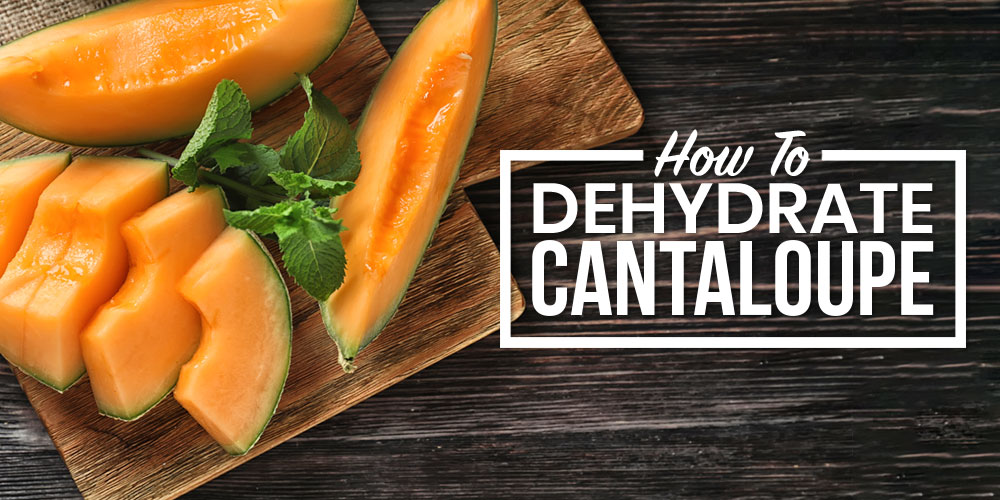
NAVIGATION
Dehydrated cantaloupe combines the vibrant flavor of summer with the practicality of long-term food storage. Thanks to its distinctively tender texture and uniquely fragrant notes of honey, musk, and sweet vanilla, cantaloupe has almost become synonymous with summer to me.

Hi, I’m Ryan
After spending over a decade diving into the essentials of off-grid living, I’ve gained valuable insight into growing and storing surplus produce. Through trial and error, I’ve found that this particular dehydrated cantaloupe recipe perfectly captures even the most complex vine-ripened flavors.

If you’ve ever grown cantaloupes before, you know like I do just how overwhelming the sudden influx of fresh fruit can be (particularly once the growing season ramps up). Fortunately, dehydrating cantaloupe is an easy way to transform that ripe, juicy melon into a shelf-stable treat that will last throughout the year.
I’ll answer some of the most common questions about dehydrating cantaloupes and share a few of the tips and tricks that I’ve learned along the way.
So, are you ready to meet your new favorite recipe? Learn how to unlock the secrets to achieving cantaloupe perfection in every crunchy bite.
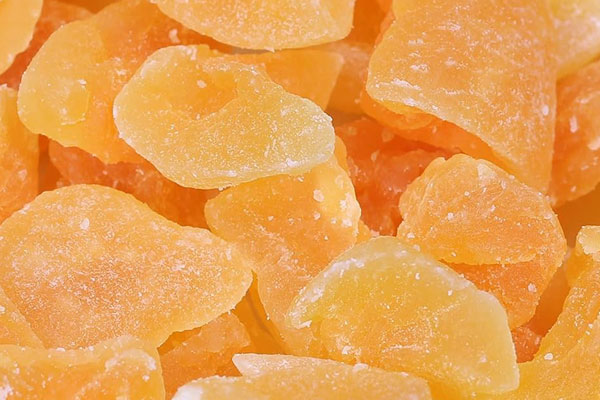
Can You Dehydrate Cantaloupe?

Despite being one of the juiciest fruits in my garden, cantaloupes are one of the best fruits to dehydrate. They have a natural sweetness and rich flavor that creates the perfect dehydrated snack.
It’s no secret that dehydration is one of the best ways to preserve fresh produce, but exactly how it works is more of a mystery to some folks.
In short, dehydration is the process of removing water from a fruit or vegetable to prevent spoilage and drastically extend its shelf life.
Due to its ease and efficiency, dehydrating is one of the oldest methods of preserving food and predates other popular methods like canning, pickling, or freezing.
What Varieties Of Cantaloupe Can Be Dehydrated?
The great thing about cantaloupe is that pretty much any variety can be dehydrated. Just remember, things like the specific varieties’ sugar contents, flavor profiles, and textures will impact how your final product turns out. The key is to experiment until you find which varieties work best for you.
What Parts Of The Cantaloupe Can Be Dehydrated?
Cantaloupes have a tough, bumpy rind and sweet, fleshy interior, so when it comes to dehydrating them, you’ll want to stick with just the cantaloupe flesh. But if you’re looking for ways to eliminate food waste I recommend salting and roasting your cantaloupe seeds for a crunchy, savory treat.
Do I Need To Peel Cantaloupes To Dehydrate Them?
While all parts of the cantaloupe are nontoxic, the rind is particularly tough and fibrous, which means you’ll have to peel your cantaloupes before you dehydrate them. But don’t think of it as a waste. Cantaloupe rinds can add valuable vitamins and minerals — including potassium, zinc, and calcium — to your compost.
Do I Need To Blanch Cantaloupes To Dehydrate Them?
Unlike many other fruits and vegetables, you don’t need to blanch cantaloupes before dehydrating. Cantaloupes are one of the easiest and most straightforward fruits to dehydrate, as they’re rich in natural enzymes that help preserve the fruit’s flavor and prevent spoilage.
How To Dehydrate Cantaloupe

Now that you know a little more about dehydrated cantaloupe, you’re probably wondering where to start. After all, food preservation is an indispensable skill for any homesteader. And although that thick, bumpy rind may initially throw you off, the process is just like dehydrating other fruits.
I generally start the work of dehydrating cantaloupe once I find myself bringing in more melons from the garden than my girlfriend and I can reasonably eat within a few days. This tends to happen mid-summer, and I like that I’m able to start preparing for the fall and winter while enjoying the juicy fruit through a few more weeks of harvest.
Equipment You’ll Need To Dehydrate Cantaloupe

Although it’s easy to overlook, the first step to dehydrating cantaloupe is getting everything you need ready. It will streamline the process and help ensure everything goes as smoothly as possible. So before you start, grab the following supplies.
Equipment For Dehydrating Cantaloupe
- Dehydrator
- Dehydrator trays
- Cantaloupe
- Knife
- Spoon
- Food storage containers
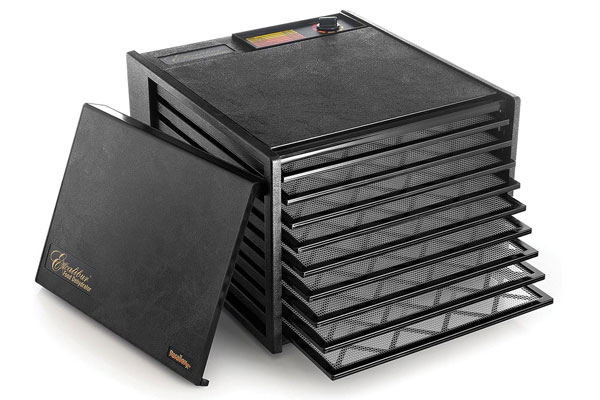
Steps To Dehydrating Cantaloupe

The good news is that there aren’t a ton of steps to this, and the process of dehydrating cantaloupe is incredibly straightforward, even if you don’t have much experience. I’ll walk you through all the steps below.
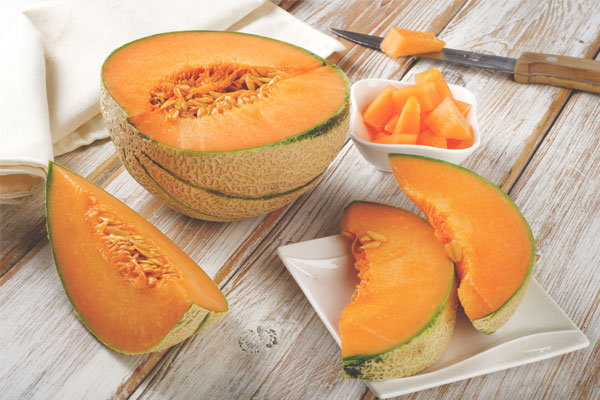
Steps How To Dehydrating Cantaloupe
- Wash ThoroughlyScrub the exterior of your cantaloupe thoroughly under warm water to remove surface dirt and bacteria.
- Scoop Out The SeedsCut your cantaloupe in half and use a spoon to scoop out the pulp and seeds.
- Slice And Remove The RindUsing a knife, slice each half into four or more pieces and carefully separate the cantaloupe flesh from the rind.
- Cut Into Small PiecesNext, cut the cantaloupe slices into uniform, quarter-inch pieces for a crispy cantaloupe chip or half-an-inch-thick pieces for a chewier fruit leather.
- Dehydrate In A Single Layer In The Dehydrator
While being careful not to overcrowd them, place your cantaloupe pieces onto the dehydrator trays, and set the timer for 12 to 18 hours, depending on the thickness of your pieces. The best temp to dehydrate cantaloupe is 135 degrees Fahrenheit. - Season The Cantaloupe Pieces
Remove your dried cantaloupe pieces from the dehydrator trays and — this step is completely optional — sprinkle them with sugar or salt (you can also use citric acid if you’re a fan of sweet and sour candy). - Store Your CantaloupeOnce your dehydrated cantaloupe pieces have fully cooled, transfer them to an airtight container for storage.
How Do You Tell When Cantaloupe Are Done Dehydrating?
To determine whether or not your dehydrated cantaloupe is ready, pick a piece and squeeze it between your fingers. When finished, it’ll be dry, leathery and a little crispy around the edges. Cantaloupes have a high water content, so they can take a while to finish dehydrating, which is why this step is so crucial.
Can You Use A Stove To Dehydrate Cantaloupe?
While dehydrators are an invaluable tool in any homestead kitchen, you can dehydrate cantaloupe without one using a standard oven. Just set your oven to 185 degrees Fahrenheit (85 degrees Celsius) and bake the cantaloupe pieces for 3 to 4 hours, flipping every 45 minutes or so to ensure even dehydration.
How To Store Dehydrated Cantaloupe

For the best results, store your dehydrated fruit in an airtight jar or bag and place it in a cool, dry area like a pantry or refrigerator. I like to vacuum-seal my dehydrated treats to make storage even easier. Stacking the sealed packs together takes up a lot less room.
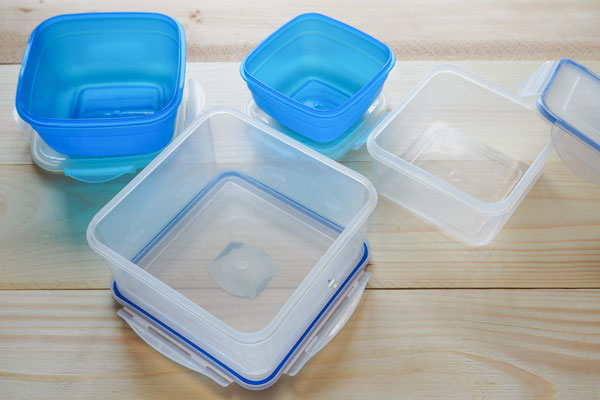
How Long Will Dehydrated Cantaloupe Last
There’s no doubt that dehydrating your cantaloupe is an excellent way to extend its shelf life. While fresh fruit lasts for just a few weeks at best, dehydrated cantaloupe will last for about 12 months in the pantry.
How To Use Dehydrated Cantaloupe In Your Cooking

By far, the easiest part of dehydrating cantaloupe is eating it. Snack on the dried fruit as is, or add it to your favorite trail mix recipe. You can also add it to baked goods for an extra pop of fruity flavor and natural sweetness.
Fresh To Dehydrated Cantaloupe Conversion
Getting rid of the excess water drastically increases your cantaloupe’s sugar content, resulting in a sweeter, more concentrated flavor. So, if a recipe calls for fresh cantaloupe, substitute it with half the amount of dried fruit.
How To Re-Hydrate Dehydrated Cantaloupe
Most recipes using cantaloupe require fresh fruit. Luckily, you can easily restore the dried fruit to its former plump and juicy glory by submerging the dried pieces in warm water and waiting for five to 10 minutes. Then, just drain off the excess water and enjoy!
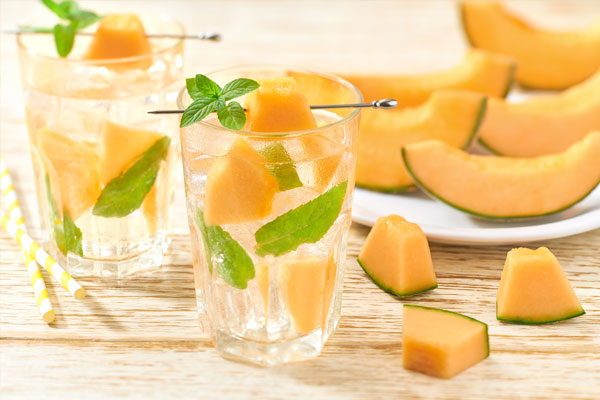 I don’t think too many people will disagree when I say that nothing beats a cool, refreshing slice of cantaloupe on a hot summer’s day.
I don’t think too many people will disagree when I say that nothing beats a cool, refreshing slice of cantaloupe on a hot summer’s day.
And once you’ve learned how to dehydrate cantaloupe, you can preserve that flavor and enjoy your excess melons for months to come.
So, whether you’re completely off the grid or not, make sure you have fun experimenting and enjoying your favorite seasonal treats all year long.
Your Turn!
- What’s your favorite way to use dehydrated cantaloupes?
- Thin and crispy or thick and chewy: How do you prefer dehydrated fruit?


Leave a Reply